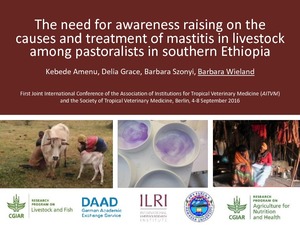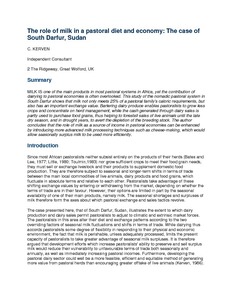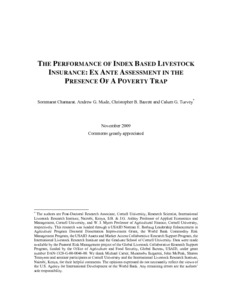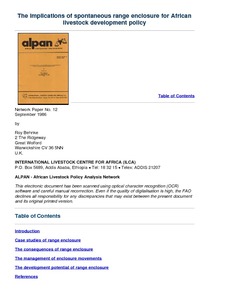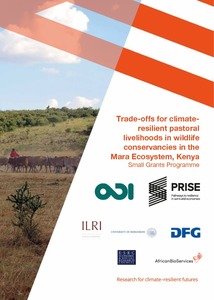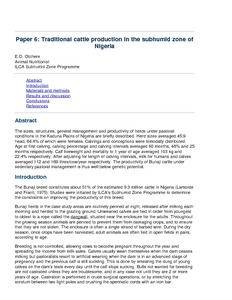The role of abandoned pastoral settlements in the dynamics of African large herbivore communities
A number of studies have begun to show the large impact that pastoralism has on African savanna ecosystems. Here we look at the impact of abandoned settlements on the distribution of the large ungulates of Amboseli, Kenya.
Monthly dung counts show that all 9 species studied are attracted by settlements for up to a century after abandonment.


